|
|
ADDRESS AT THE SILVER JUBILEE OF NATIONAL ACADEMY OF DIRECT TAXES, NAGPUR, MAHARASHTRA
15-06-2007 : NAGPUR, MAHARASHTRA
Our Service is your Happiness
"Right guidance at right time
is indeed a great mission"
I am happy to participate in the Silver Jubilee of National Academy of Direct Taxes, Nagpur which originated from the IRS (Direct Taxes) Staff College fifty years ago. My greetings to all the members of the faculty, staff, and probationers of National Academy of Direct Taxes.

The National Academy of Direct Taxes is indeed providing experienced human resource needed for generation of the revenue around Rs.229,000 crore per year from direct taxes from over 3.3 crore tax paying community in the country. I am happy that the Academy, in partnership with National Academy of Legal Studies and Research (NALSAR), Hyderabad, is facilitating the IRS probationers to acquire the Masters Degree in Business and Taxation Law. Hence I have selected the topic "Our Service is your Happiness", for discussion today.
Let me share with you what is the vision for the nation.
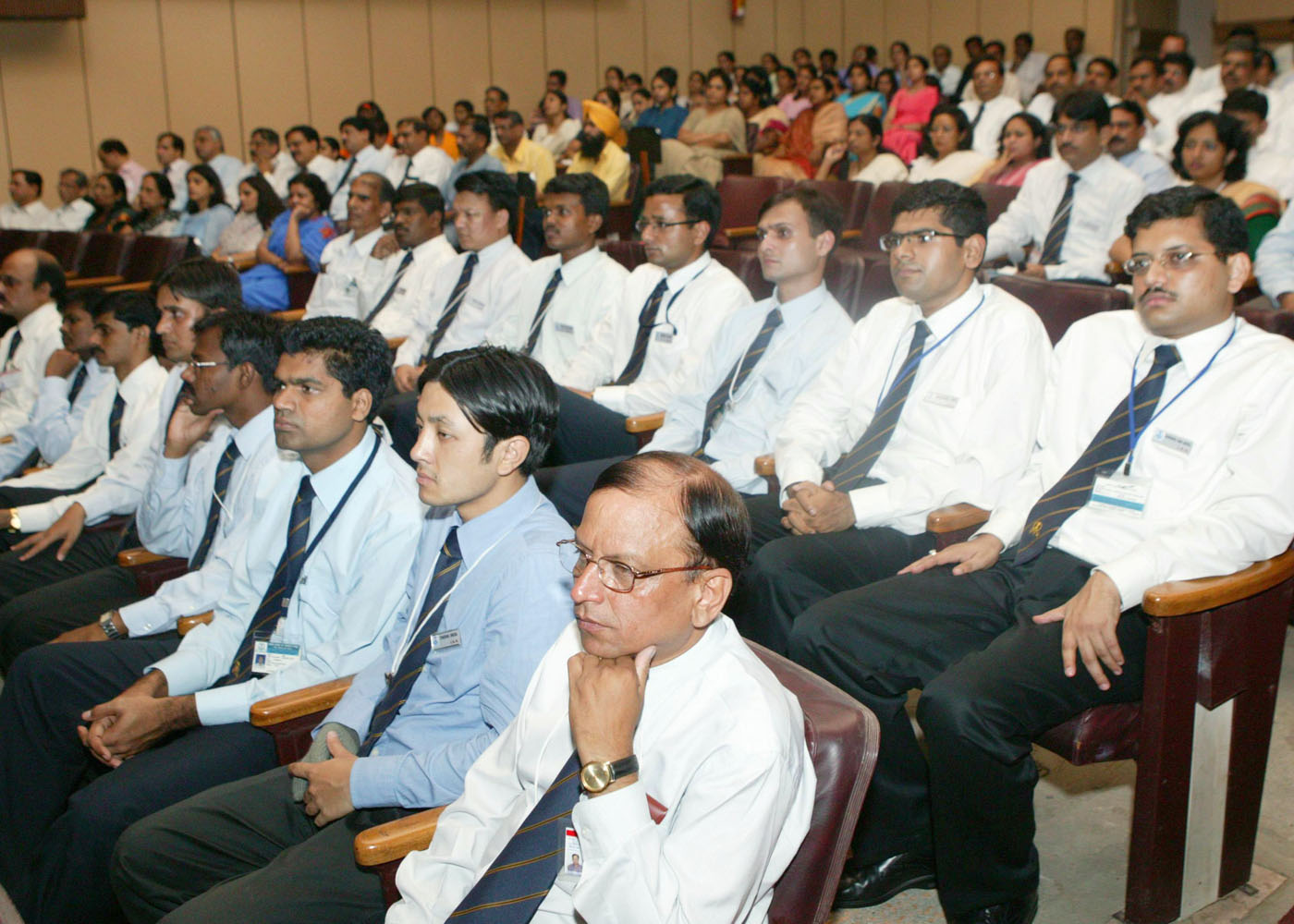

Our challenges
Nearly 700 million of one billion plus population of India live in the rural areas in 600,000 villages. Our nation is going through a major challenge of uplifting of 220 million people who are below the poverty line. They need habitat, they need food, they need health care, and they need education and employment and finally resulting into a good life. Presently, our GDP is growing at more than 9% per annum. Whereas, the economists suggest that to uplift the people below poverty line, our economy has to grow at the rate of 10% per annum consistently, for over a decade.
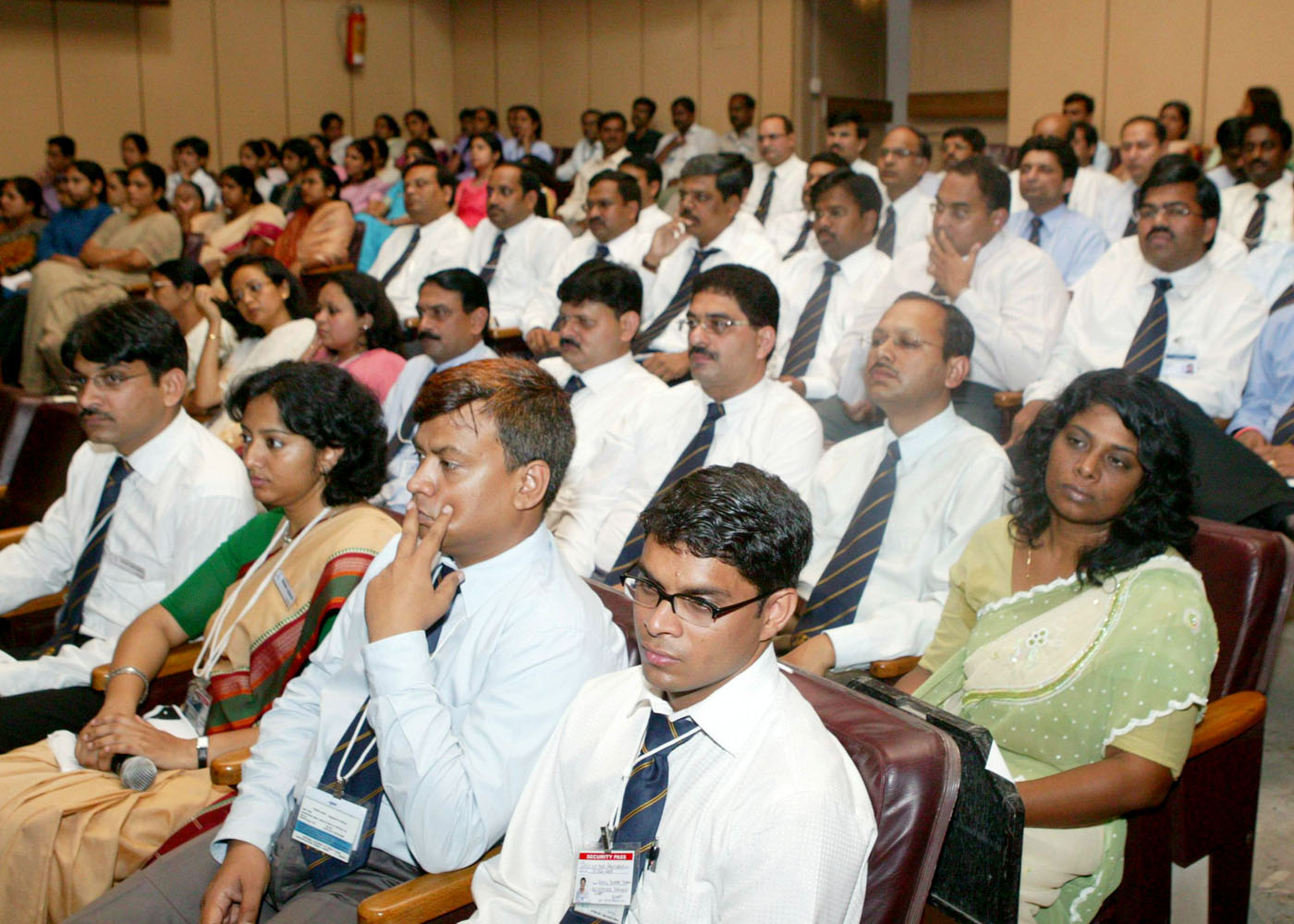

Integrated Action
To achieve this growth rate, we have the mission of transforming India into a developed nation. We have identified five areas where India has a core competence for integrated action: (1) Agriculture and food processing (2) Reliable and Quality Electric power, Surface transport and Infrastructure for all parts of the country. (3) Education and Healthcare (4) Information and Communication Technology (5) Strategic sectors. These five areas are closely inter-related and if progressed in a coordinated way will lead to food, economic and national security. The major missions for bringing rural prosperity are through Provision of Urban Amenities in Rural Areas (PURA). The number of PURA for the whole country is estimated to be 7000.
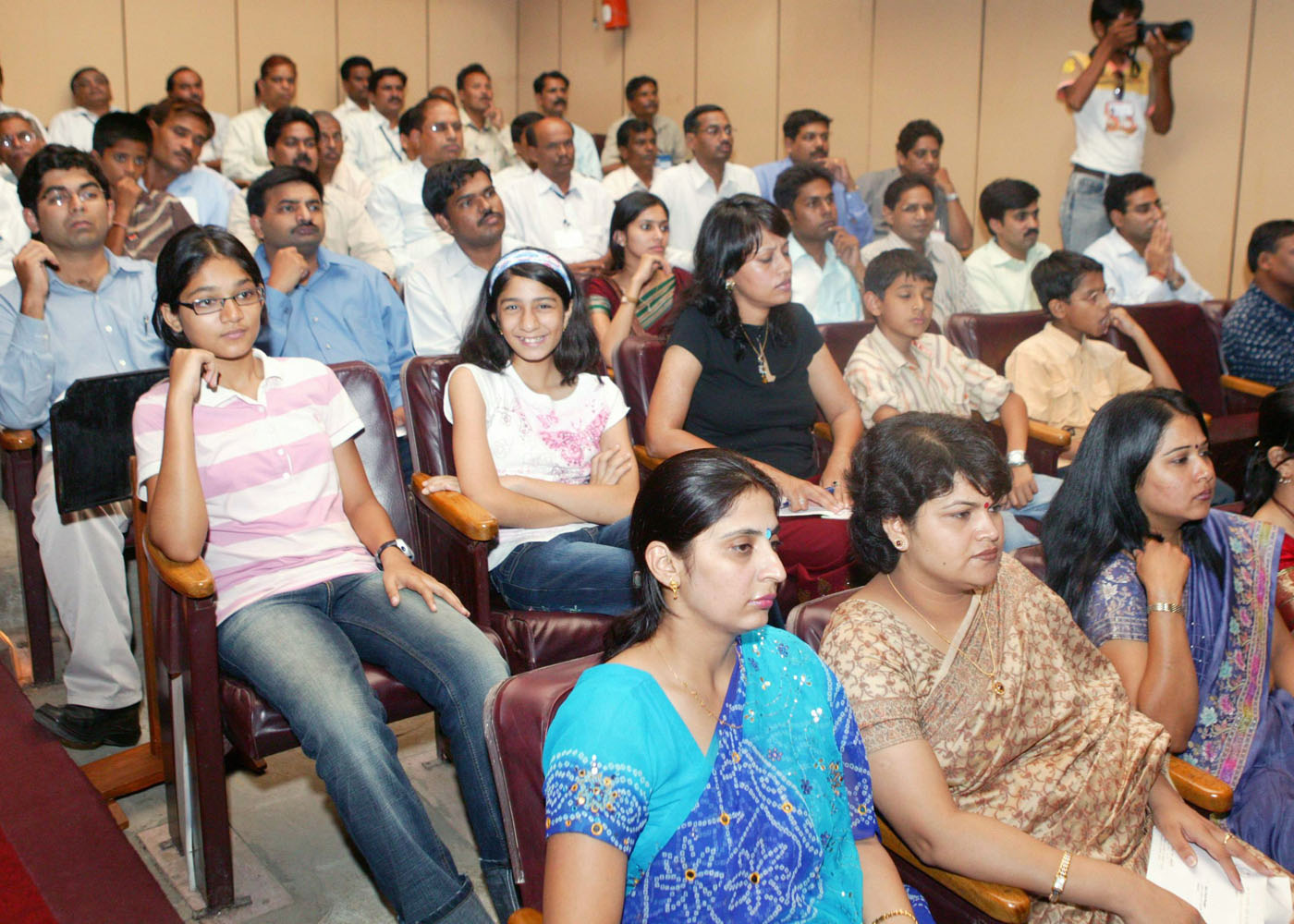
As a part of governance, the Government needs to provide multiple facilities and services to the people. Also, these services are required to be constantly upgraded with the use of technology for fulfilling the aspirations of the people. The Government budgets and expends a large amount of funds for fulfilling this goal. The money for the work comes from people through taxes. It is the money collected from the people, which are being spent for the benefit of all the people and particularly the needy. However, when it comes to reaching the benefits to the common man, the value of the services which reaches the citizen is much below the expected level of satisfaction. This happens in all the services namely education, healthcare, sanitation, water, power, road, drainage, tele-communication, seeking loans from the banks for agriculture and small-scale industries and many other areas of societal importance. Even to make the timely payment for certain services, the citizens have to struggle to make the payment. Transparency in the administrative system can definitely be brought about by establishing a e-governance system including in the area of direct taxes.
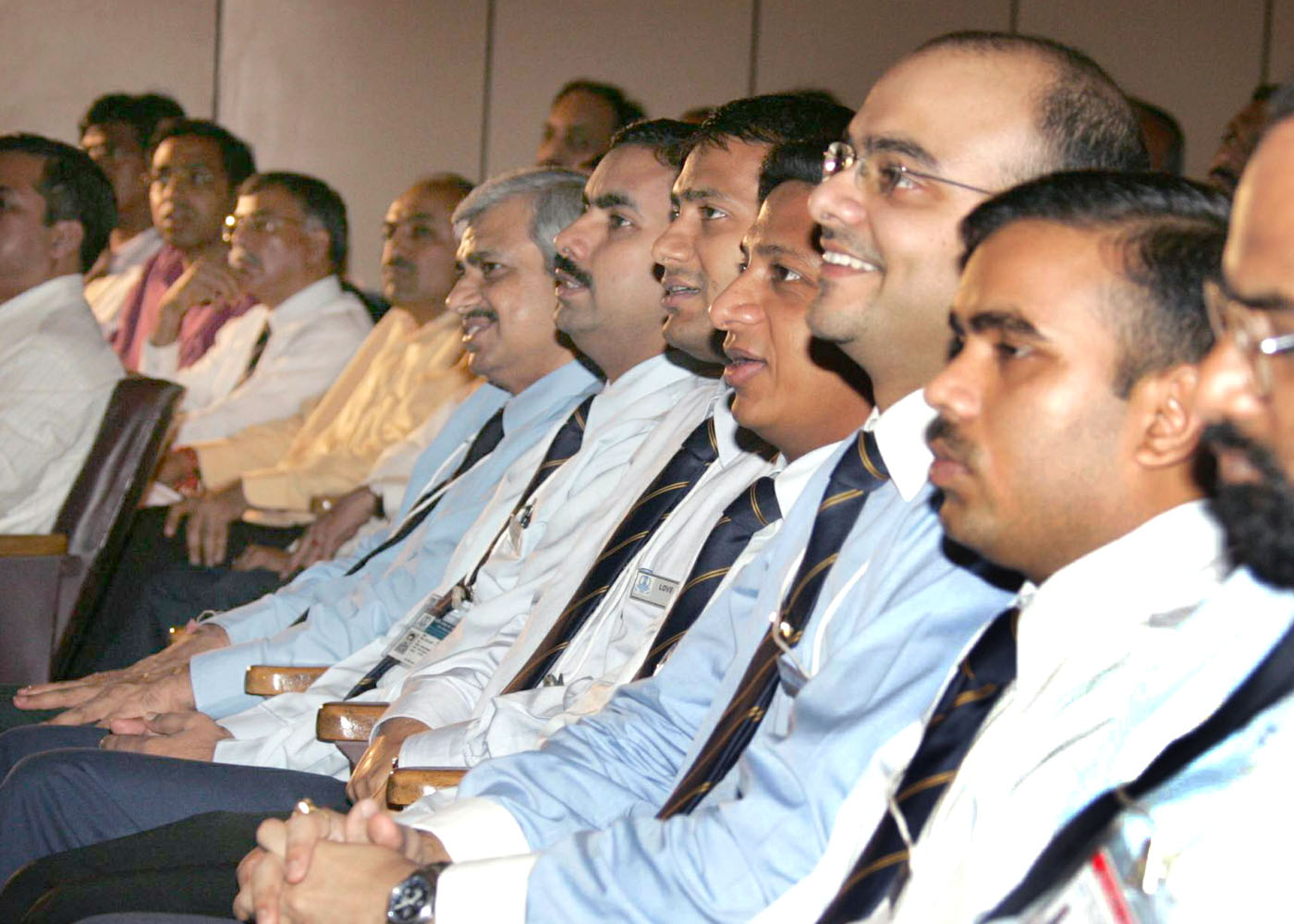

Ascent Phase
In Indian history, very rarely has our nation come across a situation, all at a time, an ascending economic trajectory, continuously rising foreign exchange reserves, reduced rate of inflation, global recognition of our technological competence, energy of 540 million youth, umbilical connectivities of 20 million people of Indian origin in various parts of the planet, with the potential sharing capacity of knowledge and resources and interest shown by many developed countries to invest in our engineers and scientists including setting up of new Research & Development Centers. The distinction between public and the private sectors and the illusory primacy of one over the other is vanishing. India as the largest democracy in the world has a reputation for its democracy and for providing leadership to one billion people with multi-cultural, multi-language and multi-religious backgrounds. Our technological competence and value systems with civilizational heritage are also highly respected. Foreign Institutional Investors are finding investing in India attractive. We need to accelerate this process through hassle free single window system of clearance for investment proposals. Our industrialists are also investing abroad and opening new business ventures. As I said earlier, the Indian economy is growing with an average annual GDP growth rate of over 9% and is expected to reach the target of 10%. GDP growth rate. We have to examine whether increasing the growth rate to 10% of GDP alone will be sufficient. Now, let me give my visualization of India during the year 2020.
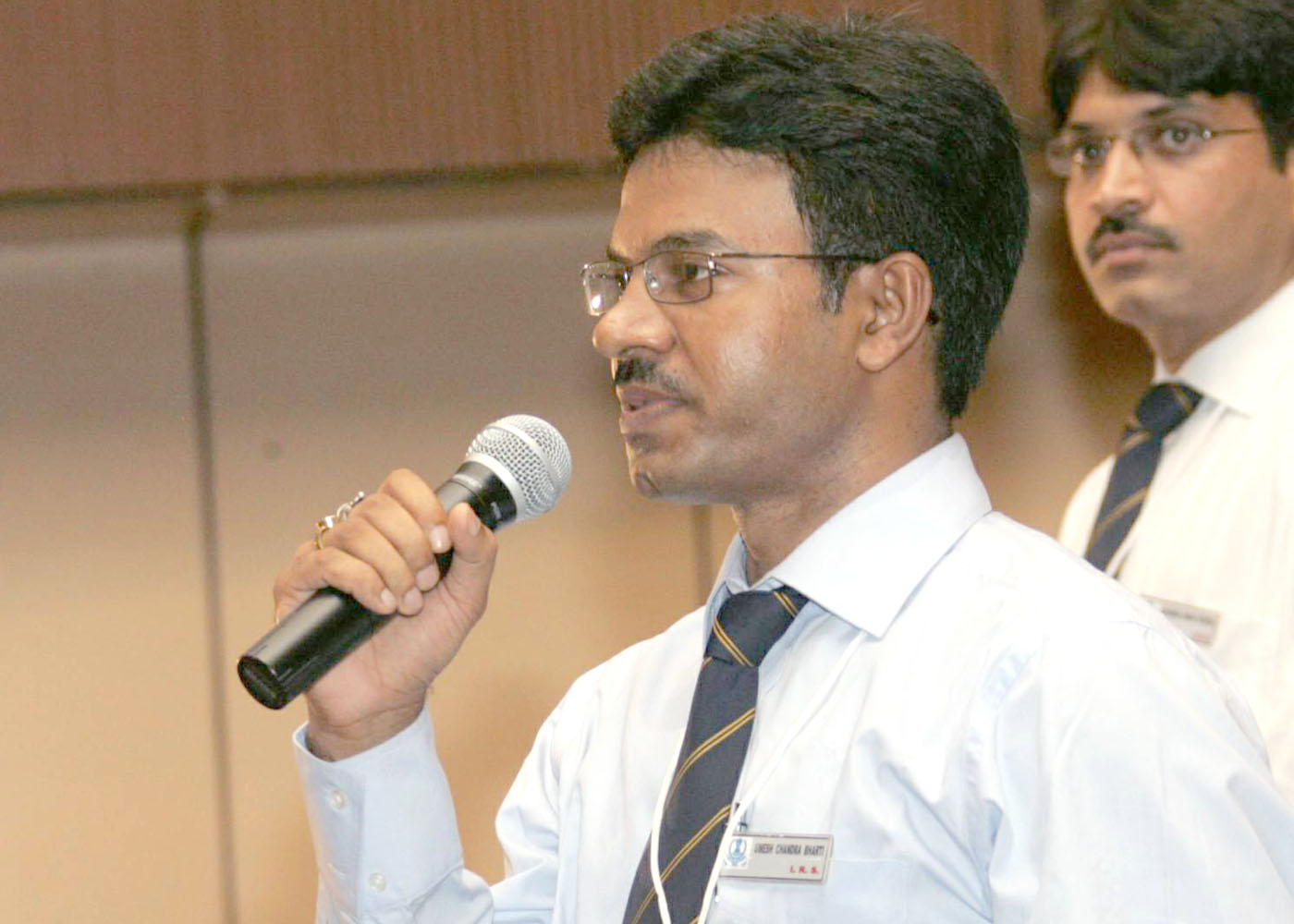

Possible Ambience in 2020
I visualize a prosperous India well before the year 2020. We expect the people below the poverty line to come to near zero and our literacy must be nearly 100%. The Human Development Index of India will be less than 50 against the present 127. Every Indian will have either have a good university degree or quality training with globally competitive employable vocational skill. E-governance would be in position for all Government to Government (G2G) and Government to Citizens (G2C) transactions making the governance system transparent with a National ID card in position. Tele-density will reach over 75%. All our villages will have reliable, uninterrupted quality electric power supply. 600,000 villages will have all three connectivities such as physical connectivity, electronic connectivity, knowledge connectivity leading to economic connectivity through the programme of PURA. The interlinking of rivers and water bodies and use of technology for water collection, water recycling and water management will result in equitable distribution of water for drinking, irrigation, industry, navigation and as natural beauty. There will be no shortage of water in any part of the country nor will there be disasters due to floods, water logging etc. India would have realized energy security and would be working towards energy independence. Good sanitation facilities will be available in homes in every part of India and for all Indians and tourists. We will be using more of renewable energy such as solar energy, wind power, bio-mass, mini and micro Hydel and thorium based nuclear reactors which are environment friendly energy sources.
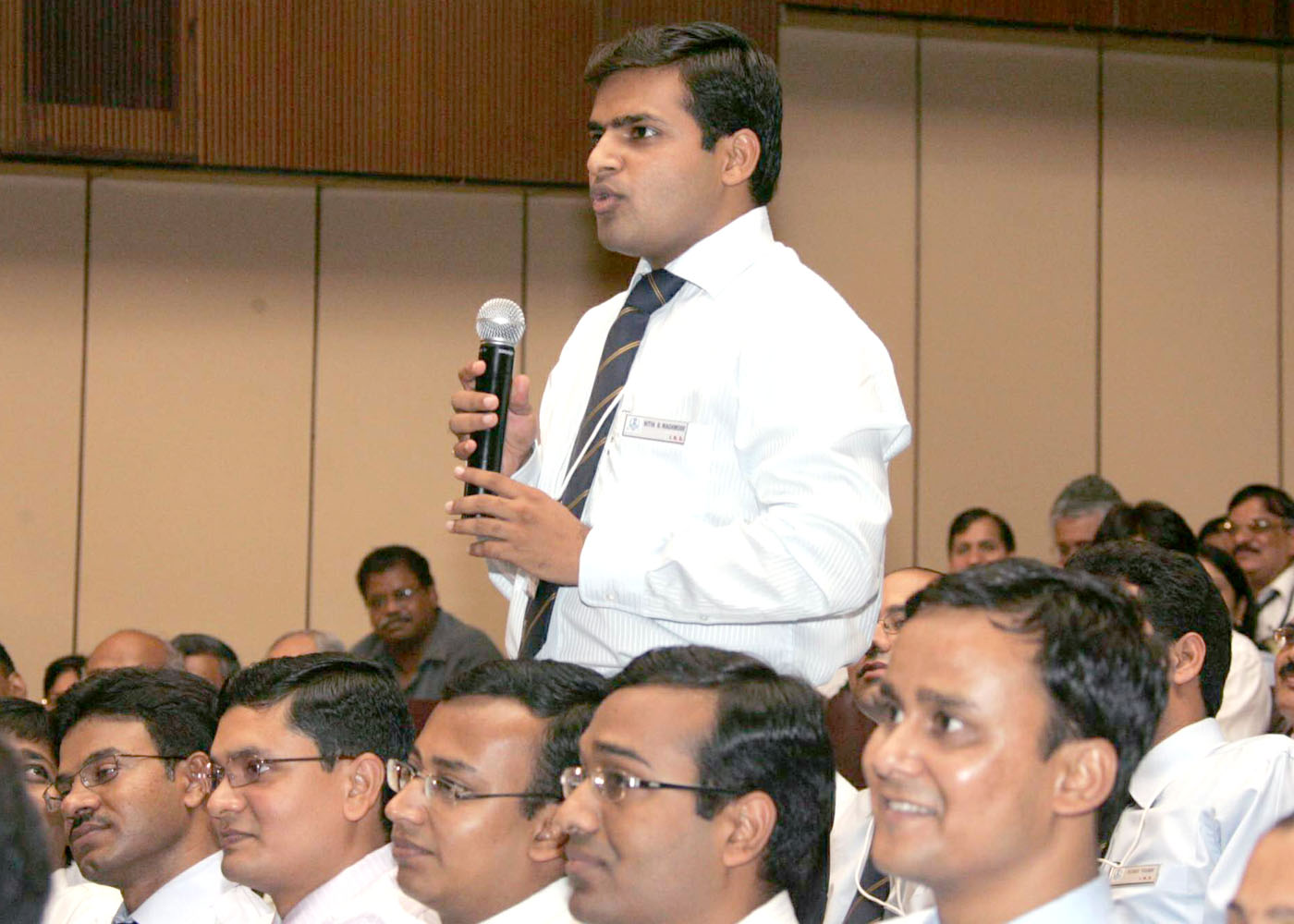
Through responsive and innovative venture capital systems and entrepreneurial training both in schools and colleges, we will have more enterprises leading to a large number of employment generators rather than employment seekers. A pro-active healthcare system delivered through innovative schemes will provide quality healthcare access at an affordable cost to all the people including those living in remote areas. Everyone will have an opportunity to take up and complete courses of choice in higher education. I am sure you will all see prosperity in the country, which will replace scarcity and controls. In addition to the above economic, social and human development, India will also have a visible global presence in strategic sectors and will contribute to world peace. All our technological and economic advances while enhancing our prosperity would embed our value system derived from our civilizational heritage. This unique combination will make our growth robust and sustainable and will lead to a peaceful, secure, happy and prosperous society. For achieving Vision 2020 from the present ambience, we need a measurement tool which can guide us in our growth path. Since we are looking for inclusive growth for our one billion people, we need a comprehensive measure for our growth.


National Prosperity Index
While we are happy that our economy is in the ascent phase and our GDP is growing at nearly 9% per annum, it is evident that economic growth is not fully reflected in the quality of life of a large number of people, particularly in rural areas and even in urban areas. Hence, we have evolved what is called a "National Prosperity Index (NPI)" which is a summation of (a) Annual growth rate of GDP; � plus (b) improvement in quality of life of the people, particularly those living below the poverty line plus (c) the adoption of a value system derived from our civilizational heritage in every walk of life which is unique to India. That is NPI=a+b+c. Particularly, 'b' is a function of availability of housing, good water, nutrition, proper sanitation, quality education, quality healthcare and employment potential. ?c? is a function of promoting the joint family system, creation of a spirit of working together, leading a righteous way of life, removing social inequities, and above all promoting a conflict free, harmonious society. This will be indicated by peace in families and communities, reduction in corruption index, reduction in court cases, elimination of violence against children and women and communal tensions. There should also be progressive reduction in the number of people living below the poverty line leading to its becoming near zero by 2020. All our efforts in improving the national economic performance should be guided by the measured National Prosperity Index of the nation at any point of time.
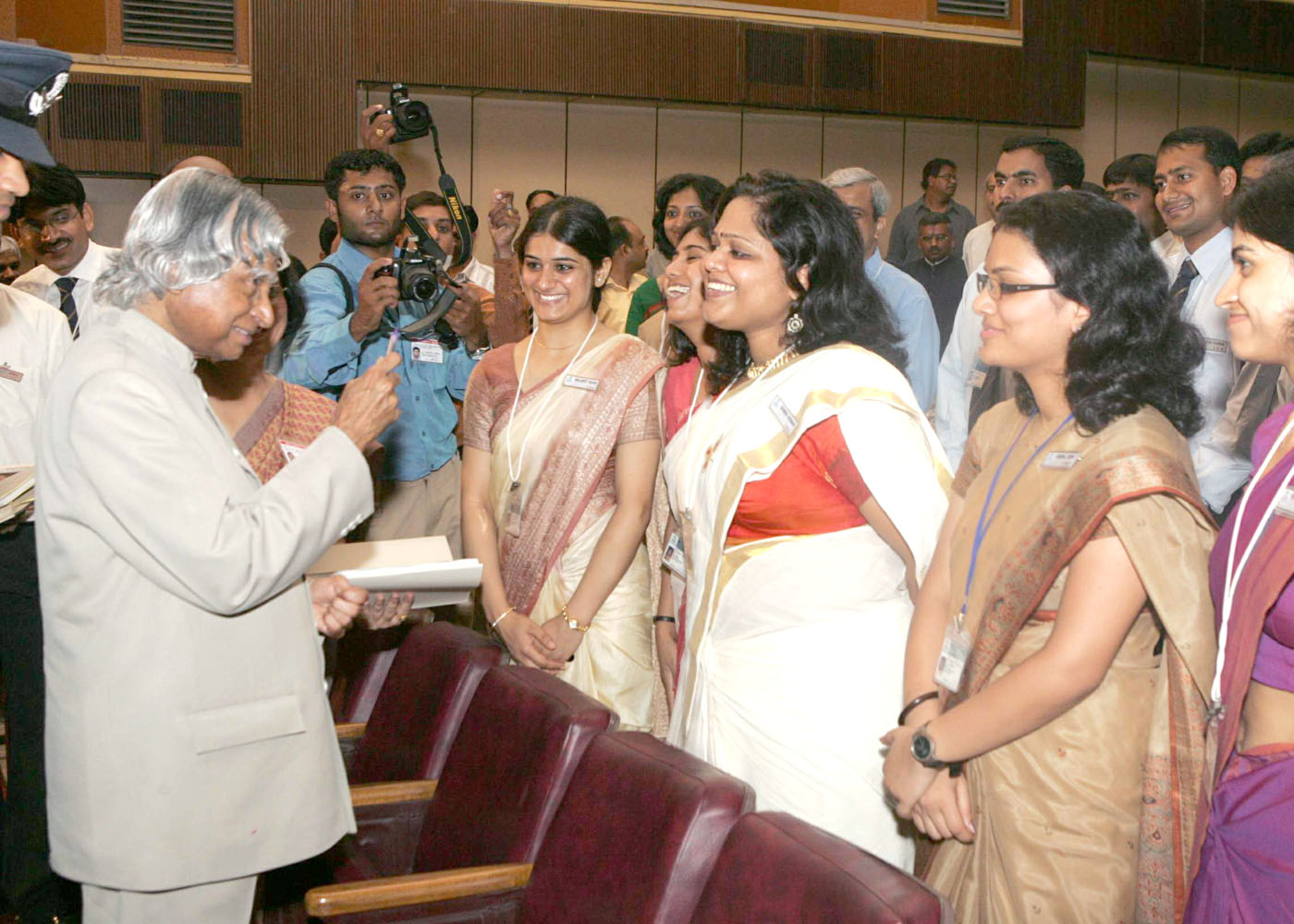
I suggest that faculty members can facilitate a discussion among probationers of National Academy of Direct Taxes for deriving comprehensive parameters which should be included in the NPI. Since, you are involved in Direct Tax administration you may like to think how direct tax laws and its administration can be linked to enhancing the national prosperity index of the nation and correspond with me through my email at presidentofindia@rb.nic.in.
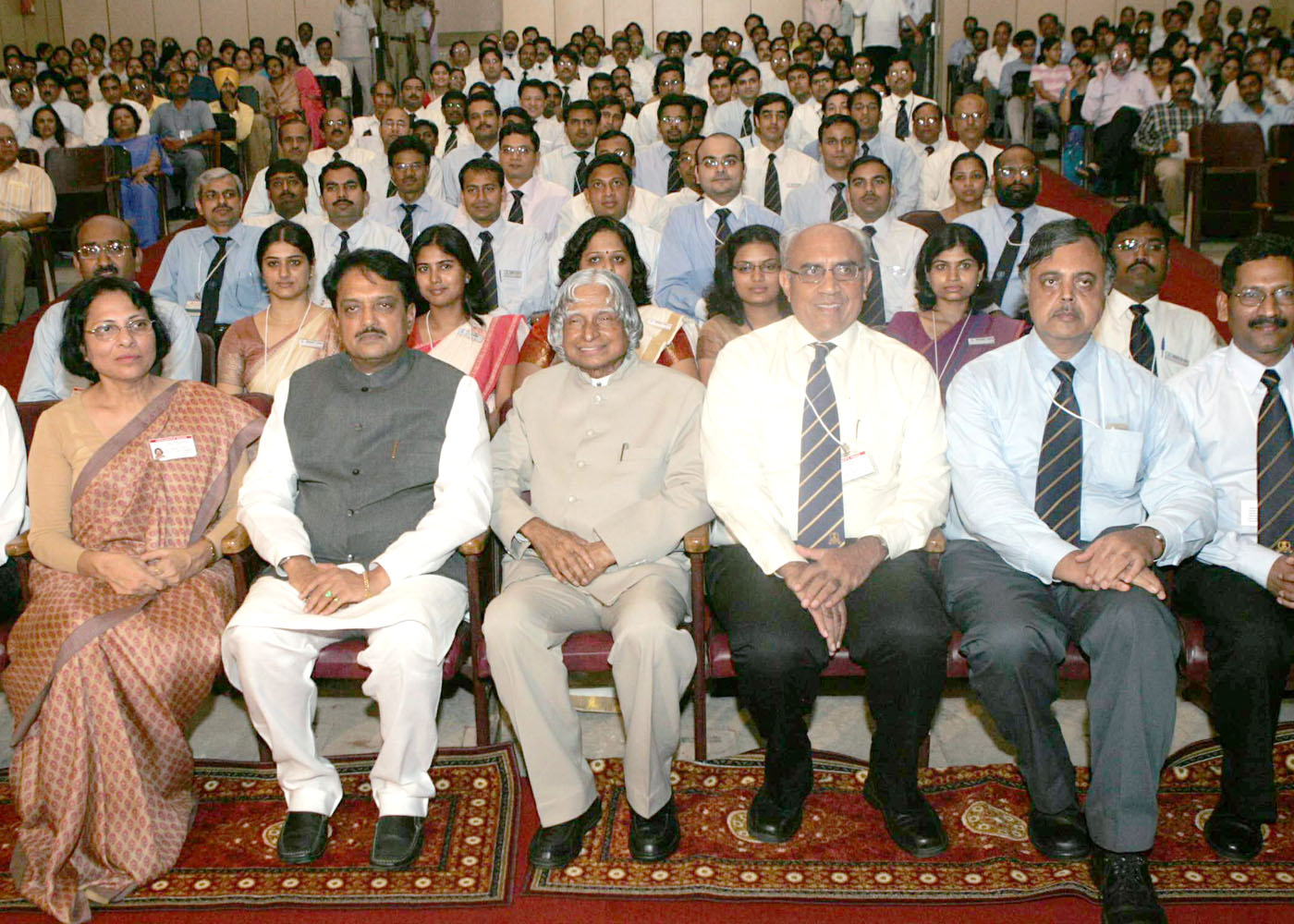

Research Areas
In the recent years, there has been substantial growth in the people paying direct tax in the country. Also the contribution of direct tax is almost 50% of the total tax revenue. In this respect, the performance of Indian tax system is closer to the international standards. Let me share with you few thoughts on the research areas on the tax system for the National Academy of Direct Taxes:
a) There have been a number of judgments from direct tax tribunals and the courts. It will be useful to study the judgments systematically and determine whether there is a need for making the law simpler or clearer so that the need for litigation is reduced. Such a research could become an important part of case study discussion for the training of Income Tax Officers.
b) There are several reports about the functioning of a parallel economy which does not come into the tax net. It will be useful to conduct research on how to bring the entire economic system of the country within the tax net. This study can be carriedout in partnership with renowned economists from academic institutions. The results of such a study will enable the finance ministry to make appropriate policy changes on yearly basis.
c) The students of the academy can be given a research task on ABC analysis of the tax collection. Also there is a need to carryout research to determine the transaction cost for various types of tax payers. This analysis should enable design of special forms for category B and C items.
d) Some of the companies having subsidiaries abroad have to use the concept of ?transfer pricing of products?. This is an area where there is an element of dispute arising between the tax authority and the assessee. In the absence of benchmark regarding transfer pricing and the availability of data on the particular type of product from different companies, can we not adopt some other yardstick for this type of transaction?
e) The income tax department demands number of compliance from the people who deduct the tax at source and deposit into consolidated fund of India. There is a need to consider the transaction cost involved in fulfilling each one of the compliance. Such an analysis should enable determination of simpler compliance for low volume tax paying unit.
f) The government is introducing the concept of tax preparers who are required to help the assessee in filling up the form for a fee. There is a need to clarify the training profiles of such preparers. Also the assessee must be assured that there will not be further questioning once the preparer has certified the statement as correct.
g) There are occasions when the income tax authority adds certain items for taxation. Later, while going an appeal it is found the added item has been waived by certain other directions of courts or tribunals. Such anomalies could be researched by the Academy for suitable corrective and preventive actions.
h) With the growth in economy we have found that the inflation has also gone up. To contain inflation, several fiscal measures have been taken. There is a feeling that these fiscal measures may decelerate the growth. Can there be a mix between taxation, fiscal measure and inflation to ensure that the growth of economy is not decelerated at any cost.

Conclusion
Now I would like to administer an Oath to the IRS Probationers.

Oath for IRS Probationers
1. Wherever I am posted I will work for improving the economic condition of the area in my charge.
2. Wherever I am posted, I will create a user friendly atmosphere for all the tax payers.
3. During my tenure in a charge, I will ensure that the number of people who voluntarily come to pay the tax gets doubled.
4. Based on my knowledge of economic performance in a charge, I will create a data base of all the economic units and suggest backward integration and forward integration tasks which will be beneficial in creating small enterprises by the youth.
5. I will ensure that no one can lead me to the temptation of corruption.
My greetings to all the members of the National Academy of Direct Taxes in their silver jubilee year. My best wishes to all of you for success in enhancing the direct tax revenue consistent with national development.
May God bless you.
Dr. A. P. J. Abdul Kalam
<<Back
|
|